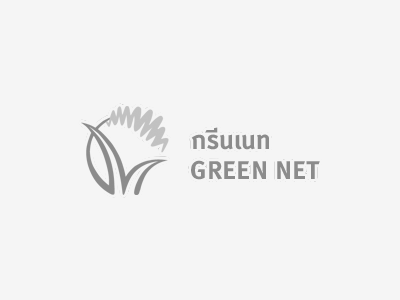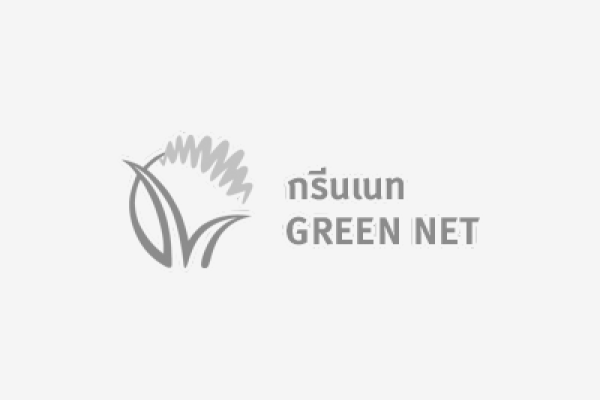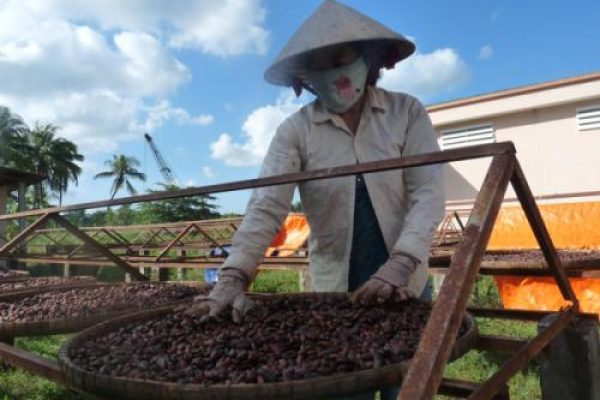
The project was jointly implemented by the Earth Net Foundation, the Healthy Public Policy Foundation (HPPF) and Climate Change Knowledge Management (CCKM), and the Oxfam GB in Thailand with financial support from the European Union (EU). The project was carried out in two provinces: three sub-districts of Yasothorn in the north-east and one sub-district in Chiang Mai in the north.
The project had three specific objectives (1) increase the resilience and adaptation capacity of small-scale farmers to weather variability and climate change through the development of a self-sustainable climate change adaptation model; (2) scale up the model implementation to reach new communities and to support national development of the agenda on climate change adaptation and food security; and (3) foster cooperation among NGOs, CBOs, academics, local and central government, and the private sector to achieve the above objectives.
A total of 159 organic farming households were supported by the project, 128 families in Yasothorn and 31 families in Chiang Mai. They were capacitated to improved their on-farm water management system, diversifying food crops, and improving organic farming practices.
In December 2014, the Oxfam decided to conduct an effective review of the project. The key conclusions derived from the Review are that the project has been largely successful for its direct beneficiaries; the organic rice farming households. There are three areas where there has been no evidence (or mixed evidence) of impacts: (i) the use of weather forecasting services; (ii) limited success in increasing total agricultural production; and (iii) limited impact in the knowledge area. The review found strong and compelling evidence of project impact in the overall resilience index. This index was constructed by summing 16 characteristics in which each rice-farming household scored positively. This index was found to be significantly higher on average in the intervention group (for both all rice producers and organic ones only) than among comparison farmers. Read the summary of the Review [download 227 KB] or the full report [download 2.85 MB]


